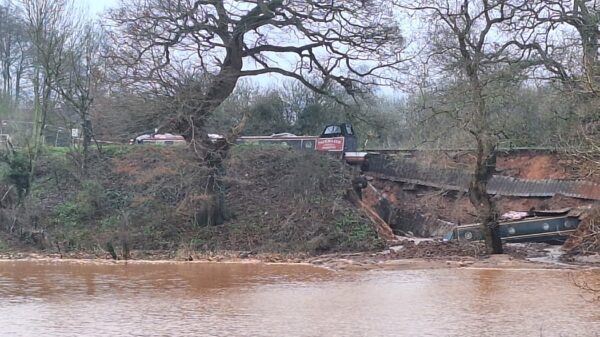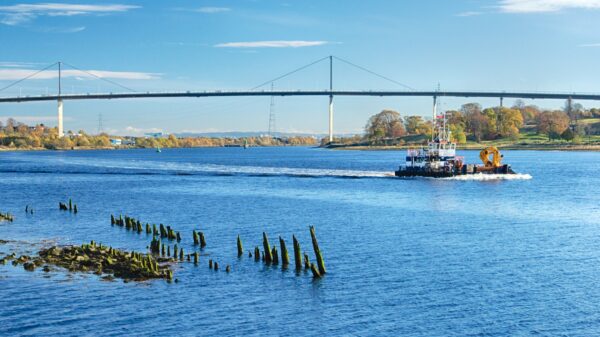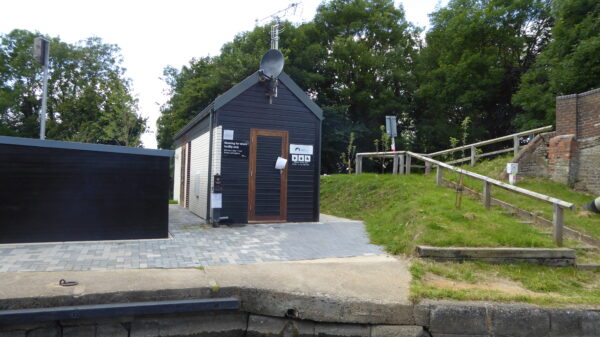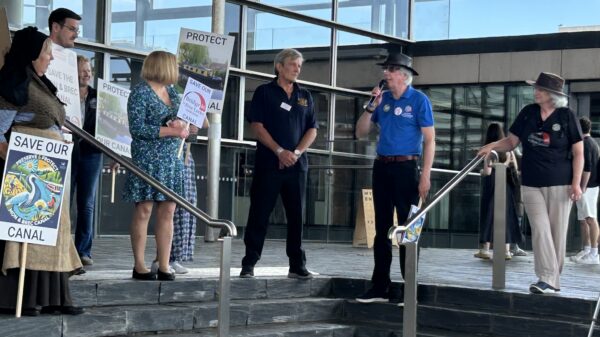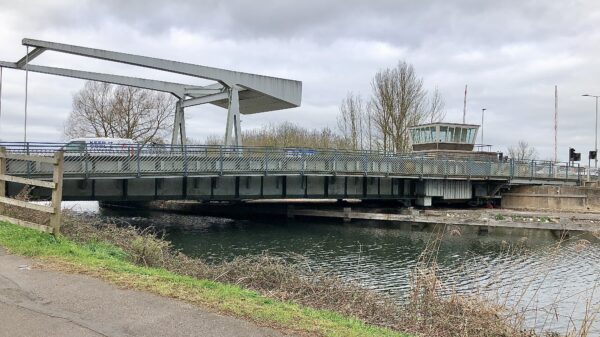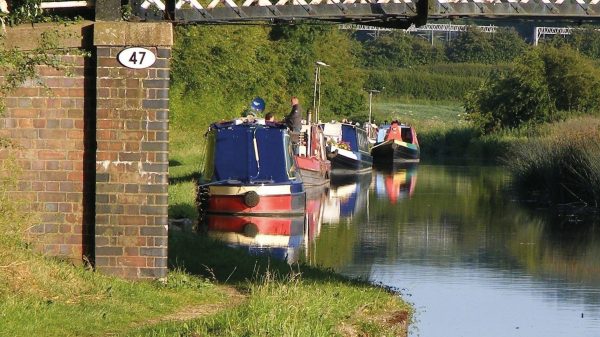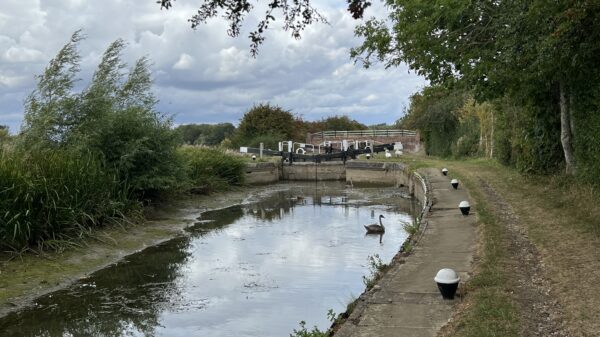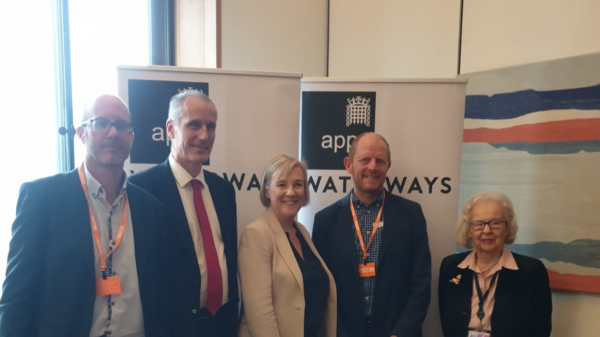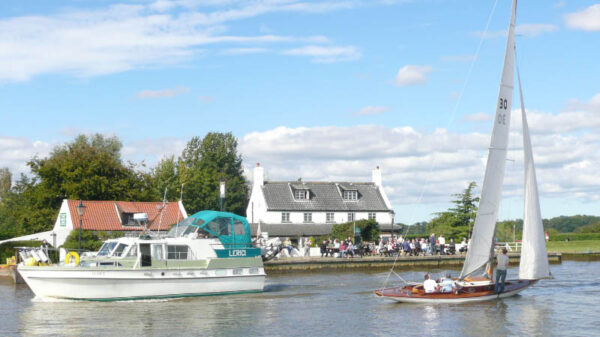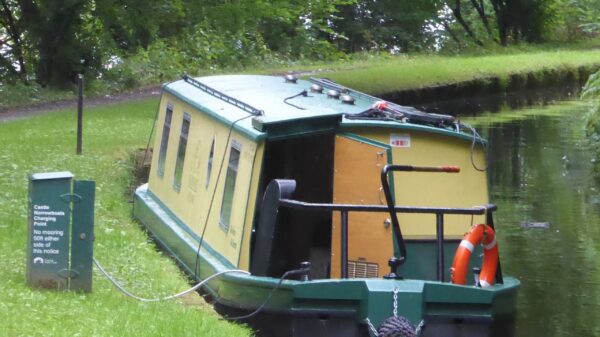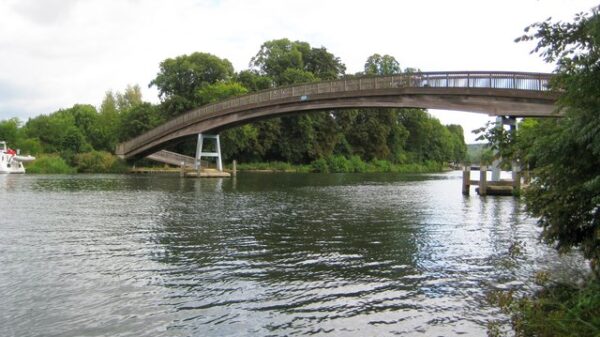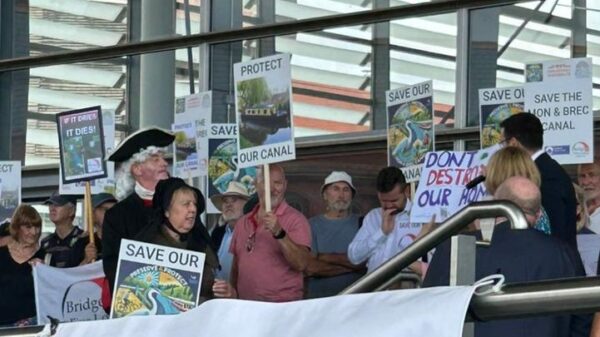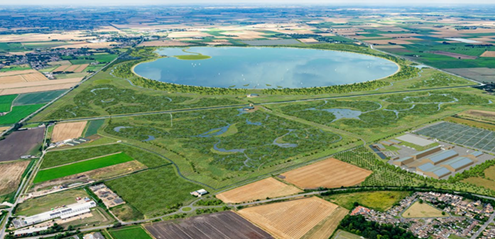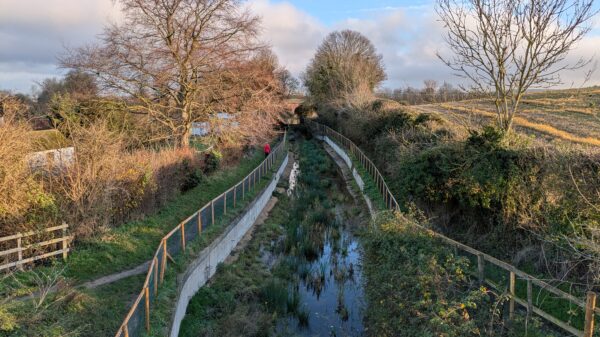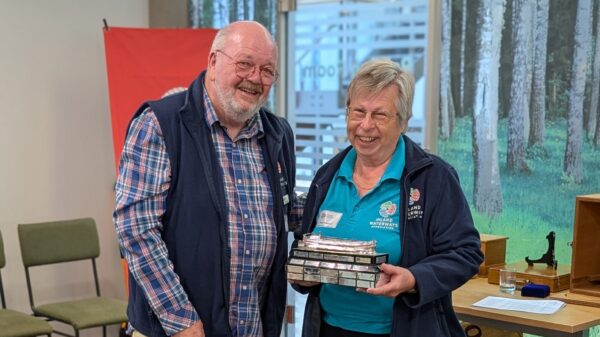Regarding overall price rises, bearing in mind that CRT is dependent on a Government grant that is not inflation linked for a good part of its income, we appreciate that the Trust have no option but to try to raise more from other sources to compensate. However, increasing the licence fee beyond inflation risks pricing boaters off the system, or simply being unable to pay, which could result in a net loss.
In response to the options for apportioning the rises across boat licence payers we had some concerns:
We do not support the proposal to raise licence fees for continuous cruisers above those with home moorings. Firstly, as set out in The British Waterways Act 1995 there is only one Pleasure Boat Licence. Added to this, it is not possible to define continuous cruisers, which is the term used in the consultation. Some boaters never have what might be called a home mooring so continuously cruise all the time, others continuously cruise much of the year then tie up in a marina for the winter, some boaters have home moorings that are not on the CRT system and many other possible combinations.
The proposal to charge more for continuous cruisers would be an administrative nightmare, open to abuse and highly divisive within the boating community. Dividing the community like this is especially detrimental at this critical moment, when the whole waterways community needs to come together to show Government how our canals and rivers are valued and need to be adequately funded.
IWA does support the proposal to charge by area, as this would bring it in line with EA registration fees and make Gold Licence administration more straightforward.
We would like to see CRT achieving a considerable increase in the non-boating income from all those who currently enjoy the waterways and whose benefits will suffer if they deteriorate.
Looking at the income from CRT’s 21/22 annual report, boating brings in around £24M from licencing plus £20M from moorings and other commercial boating activities. As against this, income from CRT ‘Friends’ has remained constant at around £3M despite the large investment that was put into establishing this support.
Alongside this, we will continue to campaign for local and national government to recognise the many benefits including health and wellbeing that the inland waterways provide to a large part of the population and funding them accordingly.
The benefits freely enjoyed by those local to waterways are the reason for national and local government to help fund the costs of keeping waterways in good condition so the benefits are not lost.

